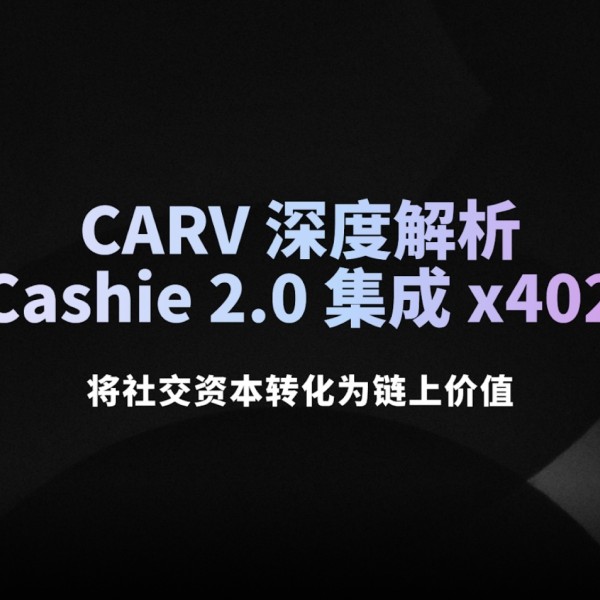Ethereum's August 2025 Correction: A Calculated Entry Point Amid Macroeconomic Tailwinds and Network Evolution
- Ethereum's 13% August 2025 price drop triggered $6B staking inflows and $13B ETF accumulation, signaling strategic institutional buying. - Fed's 82% rate cut probability and 2.7% inflation cooling boosted risk-on sentiment, aligning with Ethereum's PoS energy efficiency gains. - Pectra upgrades (EIP-7251/6110) enhanced staking efficiency while 40% lower gas fees via Layer 2s strengthened DeFi competitiveness. - Key support at $3,500-3,600 shows whale accumulation, with $4,875 resistance potentially unloc
Ethereum's 13% price correction in August 2025, while jarring in the short term, has emerged as a pivotal moment for investors. This drop, far from being a random market fluctuation, was a calculated trigger for on-chain accumulation and institutional positioning. With $6 billion flowing into staking mechanisms during the correction and Ethereum ETFs attracting $13 billion in Q2 2025 alone, the market's response has been anything but bearish. Instead, it signals a strategic repositioning by whales and institutions, leveraging the dip to consolidate ETH at discounted prices.
Macroeconomic Tailwinds: A Perfect Storm for Ethereum
The correction coincided with a critical shift in macroeconomic conditions. The Federal Reserve's anticipated September 2025 rate cut—now priced at 82% probability—has injected liquidity into risk-on assets, with Ethereum benefiting from a broader crypto rally. Inflation cooling to 2.7% year-over-year has further reduced the cost of capital, making speculative and institutional investments in crypto more attractive.
Institutional adoption remains a cornerstone of Ethereum's resilience. BitMine Immersion Technologies, for instance, has accumulated 1.2 million ETH since July 2025, valued at $5.5 billion. This accumulation, coupled with Ethereum ETFs surging to $19.2 billion in assets under management, underscores a structural shift toward bullish positioning. Meanwhile, declining exchange reserves and rising open interest in futures markets suggest that large-scale investors are treating ETH as a strategic asset rather than a speculative gamble.
Network Upgrades: The Foundation for Long-Term Growth
Ethereum's technological roadmap has continued to deliver value. The May 2025 Pectra upgrade, which introduced EIP-7251 (raising staking limits per validator to 2,048 ETH) and EIP-6110 (improving statelessness), has streamlined staking processes and enhanced network efficiency. These upgrades, combined with Layer 2 solutions like Arbitrum and Optimism , have reduced gas fees by 40% year-over-year, making Ethereum more accessible to developers and users.
The transition to Proof of Stake (PoS) in September 2022 remains a foundational catalyst. By reducing energy consumption by 99.95%, Ethereum has not only aligned with global sustainability goals but also attracted institutional capital wary of ESG risks. The network's energy efficiency, combined with its dominance in decentralized finance (DeFi) and smart contract applications, ensures its relevance in a competitive blockchain landscape.
Strategic Entry Opportunities: Navigating the Correction
For investors, the August 2025 correction presents a calculated entry point. Key technical levels define the risk-reward profile:
- $3,500–$3,600: A critical support zone where on-chain accumulation by long-term holders is evident. This range aligns with historical buying pressure and offers a high-probability entry for long-term investors.
- $4,500–$4,723: A medium-term support cluster. A breakdown below $4,504 could trigger a retest of the $3,500 level, while a rebound above $4,723 signals a potential retest of $5,000.
- $4,875–$5,000: A key resistance cluster reinforced by Fibonacci extensions and historical peaks. A breakout here could drive ETH toward $7,500 by year-end, depending on macroeconomic conditions.
Investors should also monitor macroeconomic signals. The U.S. government's exploration of crypto inclusion in retirement accounts and the “GENIUS Act” for stablecoin regulation are reducing regulatory uncertainty, further bolstering institutional demand.
Conclusion: A Bullish Outlook Anchored in Fundamentals
Ethereum's August 2025 correction is not a bearish signal but a recalibration. The interplay of macroeconomic tailwinds, institutional adoption, and network upgrades creates a compelling case for a V-shaped recovery. For disciplined investors, the dip offers an opportunity to accumulate ETH at discounted levels while aligning with Ethereum's long-term trajectory.
Investment Advice:
- Long-term investors: Target the $3,500–$3,600 range with a stop-loss below $3,400.
- Medium-term traders: Consider entering near $4,723 with a stop-loss below $4,504.
- Short-term speculators: Monitor the $4,875 resistance level for breakout opportunities.
In a market where volatility is inevitable but fundamentals are robust, Ethereum's correction is a calculated entry point for those prepared to navigate the cycle.
Disclaimer: The content of this article solely reflects the author's opinion and does not represent the platform in any capacity. This article is not intended to serve as a reference for making investment decisions.
You may also like
CARV In-Depth Analysis: Cashie 2.0 Integrates x402, Transforming Social Capital into On-Chain Value
It is no longer just a tool, but a protocol.

Trump Takes Control of the Federal Reserve: The Impact on Bitcoin in the Coming Months
The U.S. financial system is undergoing its most significant transformation in a century.

Castle Island Ventures partner: I don’t regret spending eight years in the cryptocurrency industry
Move forward with pragmatic optimism.

Undercurrents Surge: Crypto Whales Spark Another Wave of Accumulation
